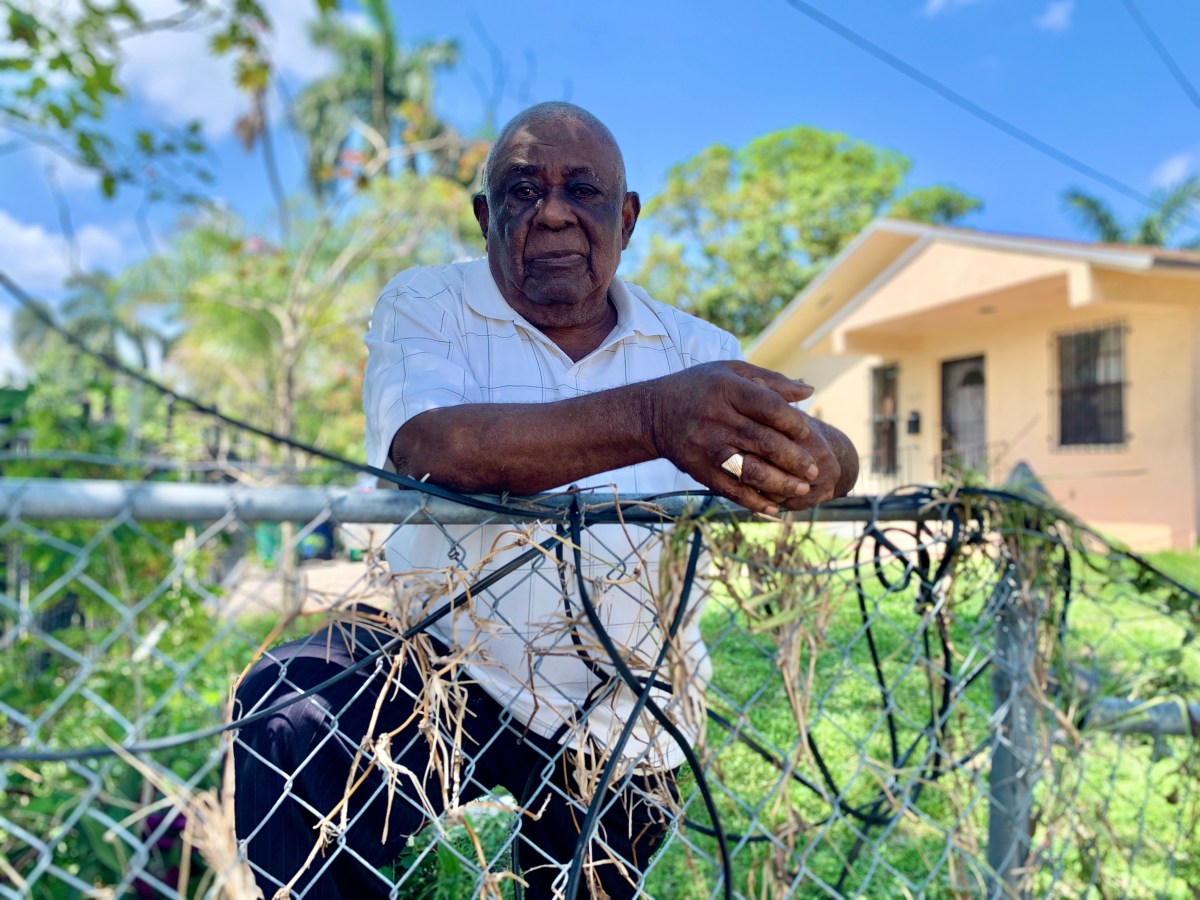Little River – Marketplace

Parts of the Little River community in Miami, Florida are known for frequent flooding during heavy rains, high tides and storms. And when the neighborhood floods, toilet back up and sewage can spill into yards.
That’s because much of the neighborhood uses aging septic tanks that fail when the ground water gets too high — something that’s happening more frequently as sea levels rise.
The county is aware of the flooding problem and is working to hook hundreds of low-income homeowners up to the sewer system. Local officials have taken other steps to ease flooding, like installing pumps in the nearby canal to push flood water back into Biscayne Bay, creating blue-green zones —like parks that are designed to flood so water doesn’t seep into homes. The county is also getting funding to raise houses.
Ironically, infrastructure solutions could exacerbate another problem in Little River: climate gentrification.
The red-hot real estate market is impacting Little River along with the rest of Miami. Flipping is rampant. In the past three years, around 20% of sales in Little River have been flips, compared to around 5.5% for the county, according ATTOM Data Solutions. Court documents show that investors are buying up properties, raising rents and evicting tenants who cannot pay.
Little River is a few miles inland from Biscayne Bay, so it’s a little more protected from some climate risks, like increasingly strong hurricanes and storm surges. Parts of Little River are also on slightly higher ground, and even though parts of the neighborhood flood, some areas stay dryer.
Both the high ground and the low ground are vulnerable to gentrification. The high ground because it doesn’t flood, and the low ground because it does, according to Jesse Keenan, a professor and real estate expert at Tulane University. He has a new paper out about climate gentrification in Little River.
“Where there is intermittent flooding or sewer problems that are driven by extreme precipitation, all of those impacts add costs and accelerate the fragility of the communities and the households that are already there. So when these impacts happen, they actually drive people out,” said Keenan.
This episode looks at flooding and flipping in Miami’s Little River, and how the two are connected.
Season two of How We Survive follows the money to the end of the world. In this case, South Florida. New episodes are out every Wednesday. Be sure to follow us on your favorite podcast app and tell a friend if you’re enjoying the show.


